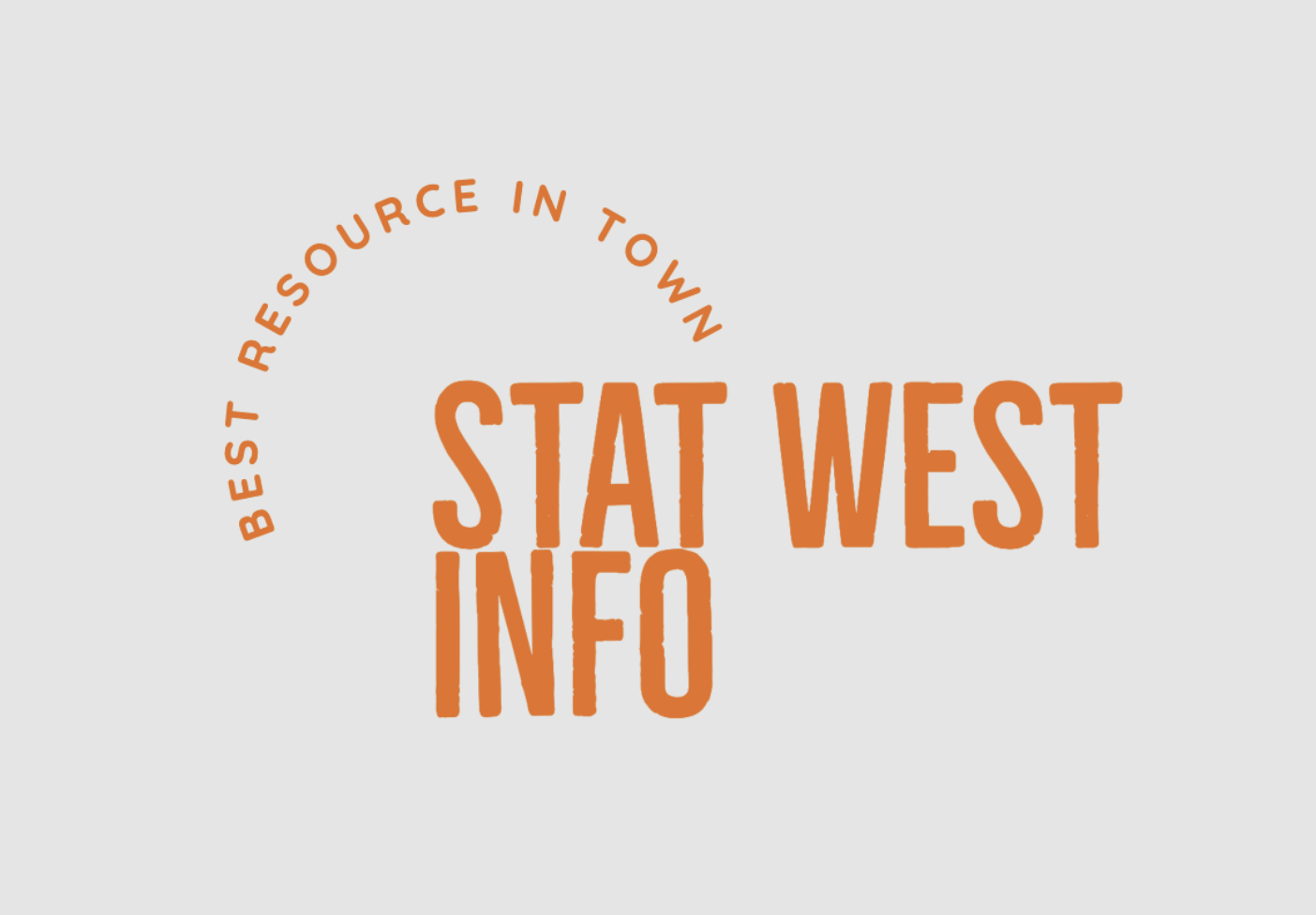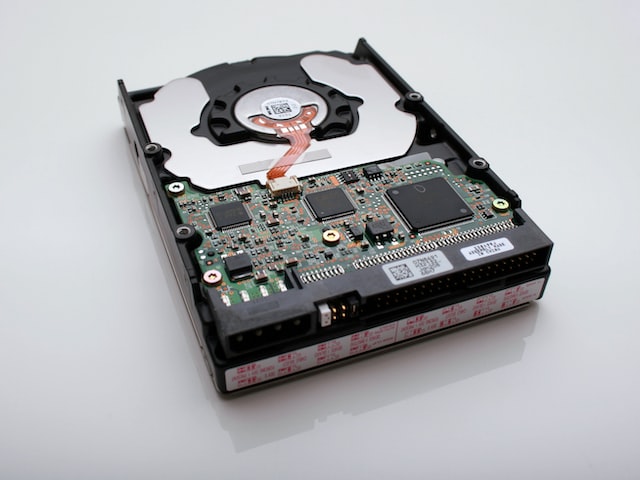Any computational gear used to store, transfer, or extract data files and objects is referred to as a storage device. Information can be held and stored by storage devices like that of storage auctions Petaluma both momentarily and permanently. They could be within or outside a computer, server, or another computing device.
Object storage
Object storage is a form of data storage that can scale rapidly, making it a suitable choice for storing large amounts of data. This type of storage can accommodate loads up to exabytes and can be distributed across a variety of hardware. In addition, object storage supports fast access to a growing pool of objects without degradation in performance. Metadata, which describes each object’s characteristics, also plays a crucial role. This metadata can be highly detailed and contain information such as specific security and privacy policies, access rules, specifications, etc.
The data that is stored in object storage can be accessed using REST APIs over the web. REST stands for “representational state transfer,” and POSIX stands for “portable operating system interface.” These extremely lightweight methods have low overheads, making them an ideal choice for transferring data across the internet. Most commercial cloud storage products use this type of storage. For example, Amazon Web Services S3 cloud storage service uses this technology.
Off-line storage
Off-line storage is a form of storage that is not connected to the internet. It is also known as external memory or auxiliary storage. It is used for storing files on a computer but is not connected to the computer itself. It can be removed and put back into the computer without it being affected.
The advantage of offline storage is that it is more secure. It is possible to re-access the data in the event of a disaster. When data in the cloud is lost, it can be rendered useless for businesses. Off-line storage, however, does not have these risks since it is constantly updated. When an event strikes, the data will still be there, which can be invaluable in a disaster.
External hard drive
An external hard drive can be a valuable tool for storing large amounts of data. They are much more convenient than burning CDs and have a much larger capacity than USB flash drives. Many advanced computer users now consider these to be standard equipment. Understanding the benefits of an external hard drive helps to know how it works.
While it may initially seem costly, external hard drives are less expensive than cloud storage. The reason is that you do not need to pay monthly fees to use these devices. In addition, they are becoming less costly as their usage declines. So, you’ll save money in the long run.
Optical mark recognition
Optical mark recognition is an efficient way of entering data into a computer system. The process involves scanning a printed form and reading the marks in predefined positions. The reader then converts the data into a computer format. These readers are handy for handling large volumes of data, such as ballots or multiple-choice questions.
Optical mark recognition reads data marked on a particular document form, usually a sheet of paper with squares or bubbles. Optical mark recognition software can read these forms, but it is also possible to use a physical scanner device. These devices use an algorithm to read information from a document by measuring the light reflected off the form’s marked areas.
Punch card
Punch cards were once a major data storage device. Computers could read the punched holes on the cards. In the 1970s, around half a million keypunch machines were in use, and most computer systems used card readers. However, punch cards are bulky and expensive to produce and process. They are also difficult to reuse.
Furthermore, they can only hold a maximum of 80 characters, while disks and tapes can hold thousands of times more data. Besides, punch cards are prone to file integrity issues. If they are removed from a file, they may contain data that has been altered or lost.
The development of punch card storage started in the early 1930s. It was used for various purposes. One of these applications was in programming. It was useful for debugging and for running programs.




